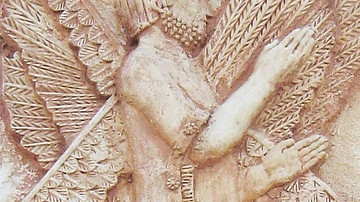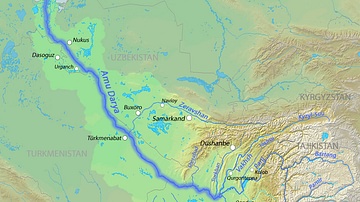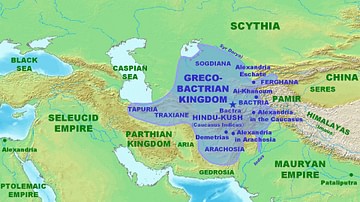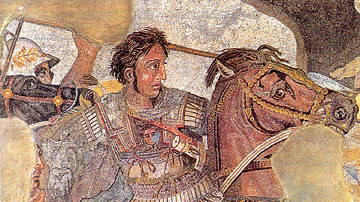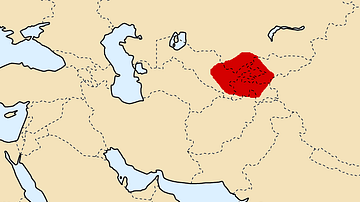Definition
Editorial Review
This article has been reviewed by our editorial team before publication to ensure accuracy, reliability and adherence to academic standards in accordance with our editorial policy.
About the Author
Translations
Malay Serbian SpanishWe want people all over the world to learn about history. Help us and translate this definition into another language!
Free for the World, Supported by You
World History Encyclopedia is a non-profit organization. For only $5 per month you can become a member and support our mission to engage people with cultural heritage and to improve history education worldwide.
Become a Member DonateRecommended Books
Cite This Work
APA Style
Simonin, A. (2011, April 28). Iaxartes. World History Encyclopedia. Retrieved from https://www.worldhistory.org/Iaxartes/
Chicago Style
Simonin, Antoine. "Iaxartes." World History Encyclopedia. Last modified April 28, 2011. https://www.worldhistory.org/Iaxartes/.
MLA Style
Simonin, Antoine. "Iaxartes." World History Encyclopedia. World History Encyclopedia, 28 Apr 2011. Web. 25 Apr 2024.

